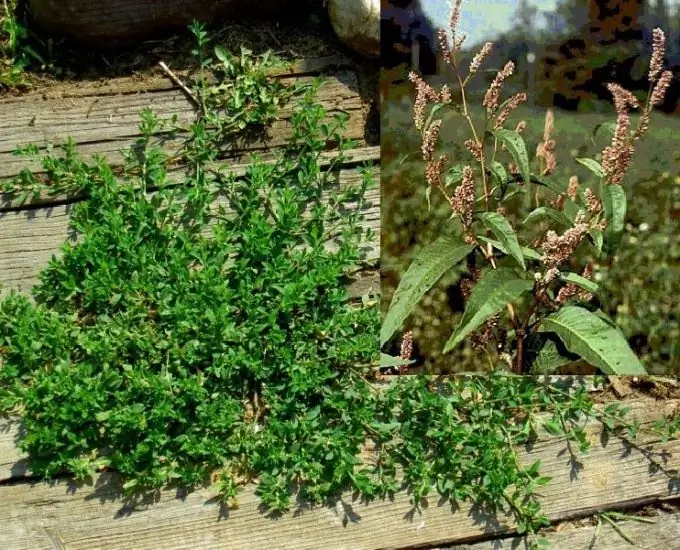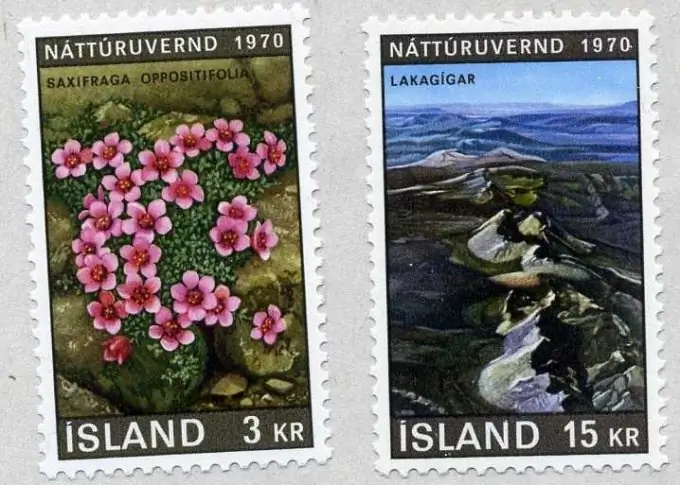Schoolchildren and students, scientists or just curious people may have a moment when they have to make a classification. It is not difficult, but in order to get a good result, you need to know the basics of this seemingly difficult enterprise.

Necessary
- - a notebook or white sheet of paper;
- - pen.
Instructions
Step 1
Drawing up a classification does not require special skills, only attentiveness and the ability to analyze. Before proceeding with the systematization of objects, you should decide on the method that will be applied: either this is a generalization according to characteristic features, or a division according to distinctive features. The first is used to sort individuals with different properties, but similar to some of the rest according to some criterion. An example is the classification of plants or animals. The second method is needed to group closely related units that have several parameters, according to which they can be assigned to one or another category. This includes building materials such as bricks or philatelic stamps.
Step 2
Botany lovers know that plants with a similar appearance may not be related to each other at all, since a set of specific characteristics established in the days of Karl Linnaeus is used for classification: structure, position of the shoot, number of stamens, type of seeds. At the same time, individuals belonging to the same family may be dissimilar. So, the bird's mountaineer, creeping on the ground and popularly called the knotweed or the rope-pole, is difficult to correlate with the highlander aspiring upward. Each individual element can be included in only one species, which, in turn, is included in a single genus, and so on further in seniority.

Step 3
A striking example of the second method is the compilation of a classification of philatelic stamps. Each of them is unique, but collectors prefer to subdivide them into groups according to one or another characteristic characteristic of a part of the collection. To choose by which one, or to determine the number of all possible signs, you need to list the properties inherent in a particular brand. This is the country of manufacture, the period of issue (for example, in relation to the Russian ones - tsarist, Soviet or modern), the category of the image (flora, fauna, sports, art, and others), size (rectangle, triangle), denomination, batch or block, slaked or quicklime, as well as the degree of preservation. Any copy has one of the above characteristics, but in each group. That is, the stamp can be French, 1966, fauna, rectangle, and so on.

Step 4
For greater clarity, you can take an ordinary balloon as a sample. Yellow, transparent, large, with the words "Happy Birthday". These are the distinctive features of four digits: color, transparency, size, presence or absence of inscriptions, pictures, or a combination of them. Absolutely any objects can be classified, it is enough to make a list of their inherent characteristics.







